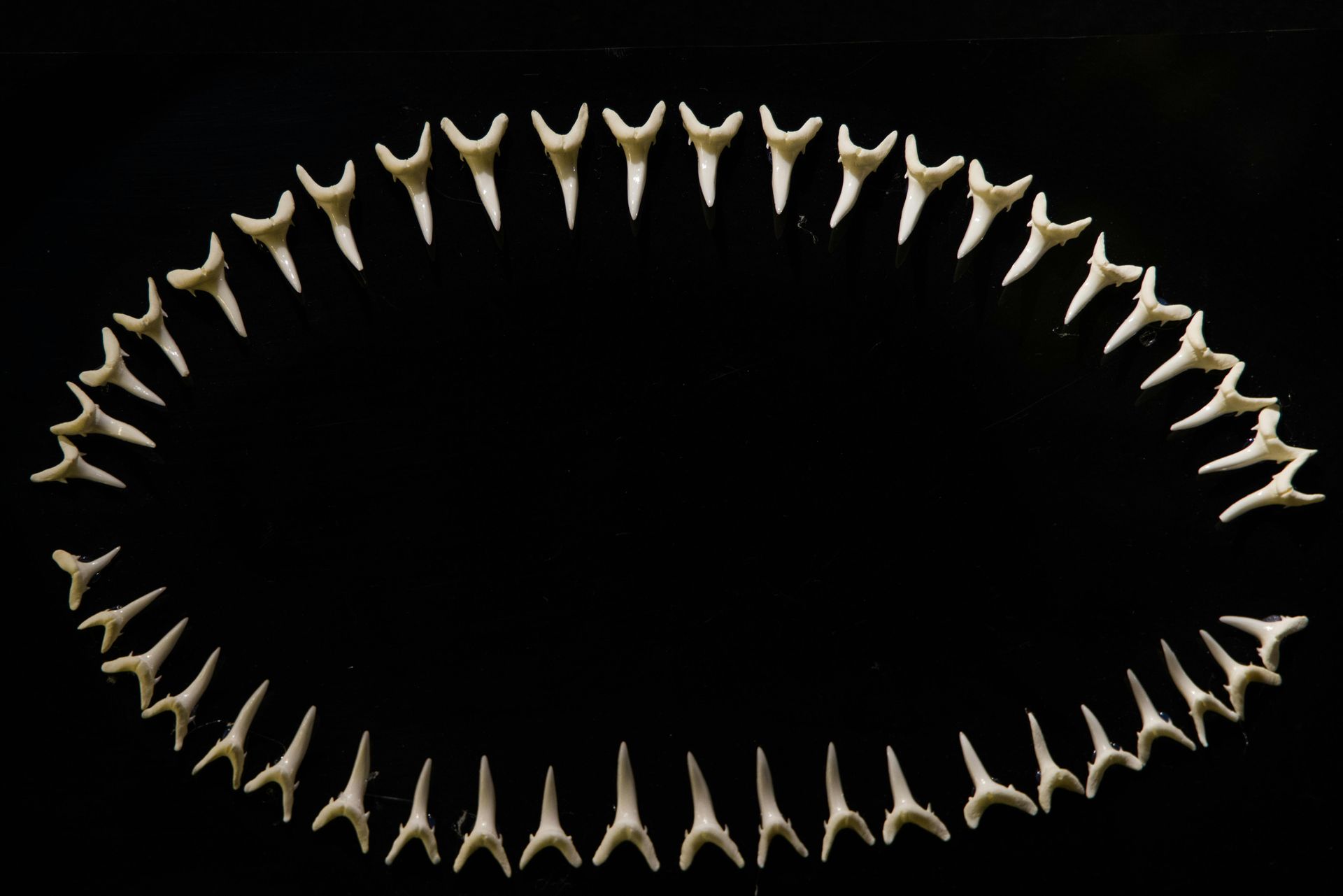By websites
•
July 28, 2025
Finding Sharks’ Teeth with Flipper Finders Boat Tours on Morris Island If you’re looking for a unique adventure that combines history, science, and the thrill of treasure hunting, then look no further than Flipper Finders Boat Tours on Morris Island, South Carolina. This captivating destination offers an opportunity to discover ancient sharks’ teeth while exploring the stunning coastal environment. Let’s dive into the fascinating world of sharks’ teeth, including the legendary Megalodon, the history behind these fascinating relics, the types you might find, and the science that explains why these magnificent creatures lose their teeth. The History of Sharks’ Teeth Sharks have inhabited our oceans for over 400 million years, long before the dinosaurs roamed the Earth. Throughout this time, they have evolved into some of the most successful predators in marine history. One of the key aspects of their survival is their unique dental structure. Sharks continuously lose and replace their teeth, a process that is both fascinating and essential for their survival. Among the most famous of prehistoric sharks is the Megalodon (Carcharocles megalodon), which lived approximately 23 million to 3.6 million years ago. These massive sharks, often regarded as the largest predators to have ever existed, could grow up to 60 feet long. The ancient sharks’ teeth that you can find on Morris Island are remnants of these prehistoric creatures, including the formidable Megalodon. Fossilized sharks’ teeth can date back millions of years, providing insights into the types of sharks that once roamed these waters. The teeth often tell a story—where they came from, what they ate, and how they lived. Types of Sharks’ Teeth You Can Find When you join Flipper Finders Boat Tours for a sharks’ teeth hunting adventure, you may encounter a variety of sharks’ teeth, including: Megalodon Teeth: The iconic Megalodon teeth are some of the most sought after by collectors. They can measure over 7 inches in length and are characterized by their broad, triangular shape with serrated edges. These teeth are a testament to the size and power of the Megalodon, making them a prized find. Mako Teeth: These teeth are long and narrow with sharp edges. Mako sharks are known for their speed and agility, and their teeth reflect this predatory prowess. Great White Teeth: The triangular shape of Great White sharks’ teeth is easily recognizable. These teeth are robust and serrated, designed for gripping and slicing through prey. Tiger Shark Teeth: With a unique, more curved shape and pronounced serrations, Tiger Shark teeth are often found on the beaches of Morris Island. These sharks are generalist feeders, which is reflected in the diversity of their teeth. Hammerhead Teeth: The distinctive shape of Hammerhead sharks’ teeth is flat and serrated, which helps them catch a variety of prey. Whale Shark Teeth: Although Whale Sharks are filter feeders and have very small teeth, you may still come across their tiny, flat teeth, which serve more purpose than just catching prey. Each type of tooth you find offers a glimpse into the prehistoric ecosystem of the area and the types of sharks that once ruled these waters. The Age of Sharks’ Teeth The age of sharks’ teeth can vary widely. Fossilized teeth found on Morris Island can date back millions of years, often to the Miocene and Pliocene epochs, which occurred roughly 23 million to 2.6 million years ago. During these periods, the climate and geography of the region were vastly different, contributing to a rich marine environment that supported a variety of shark species. The process of fossilization occurs when organic material is buried under sediment, where it undergoes mineralization over time. This transformation allows the teeth to withstand the test of time, making them valuable artifacts for both collectors and scientists alike. Why Do Sharks Lose Their Teeth? Sharks have a unique dental adaptation that allows them to maintain their predatory efficiency. They are not like mammals, which have a set number of teeth that develop throughout their lives. Instead, sharks are equipped with multiple rows of teeth that continuously shed and replace themselves throughout their lives. Here’s how it works: Continuous Replacement: Sharks have thousands of teeth throughout their lifetime. When one tooth falls out—usually due to wear and tear or loss during feeding—it is quickly replaced by another from the row behind it. This process can occur many times a year, with some species losing over 30,000 teeth in their lifetime. Adaptation for Survival: The ability to shed teeth is a crucial survival strategy. As sharks consume prey, their teeth can become damaged or worn down, making it necessary for them to have a constant supply of sharp, functional teeth. This ensures they can efficiently hunt and eat, maintaining their role as apex predators in marine ecosystems. Fossilization: The teeth that you find on Morris Island, including those of the Megalodon, are remnants of this natural process of shedding. Over time, some of these teeth were buried and fossilized, creating a link between modern-day sharks and their ancient ancestors. Morris Island: A Treasure Hunting Paradise Morris Island, situated just south of Charleston, is a barrier island rich in history and natural beauty. Known for its pristine beaches and stunning landscapes, it’s a popular destination for beachcombers and nature enthusiasts. The island is also home to the historic Morris Island Lighthouse, built in 1876, which adds a touch of historical charm to your adventure. Flipper Finders Boat Tours provides an exceptional experience for those looking to explore this coastal treasure. The knowledgeable guides share insights about the local ecosystem, the history of sharks, and the best techniques for finding fossilized teeth. As you navigate the waters surrounding Morris Island, you’ll have the chance to learn about the unique marine life that inhabits this area, the role that sharks play in maintaining ecological balance, and the significance of the Megalodon in the evolutionary history of sharks. Conclusion Finding sharks’ teeth with Flipper Finders Boat Tours on Morris Island is more than just a fun activity; it’s an opportunity to connect with nature, learn about marine history, and uncover the mysteries of these incredible predators. From understanding the age and types of teeth—including the legendary Megalodon—to exploring the science behind why sharks lose their teeth, this adventure is both educational and thrilling. So, if you’re ready to embark on a treasure hunt for ancient sharks’ teeth, gather your family and friends, and set sail with Flipper Finders Boat Tours. You never know what fascinating discoveries await you on the shores of Morris Island! You can book a drop off or a guided tour via this link.



